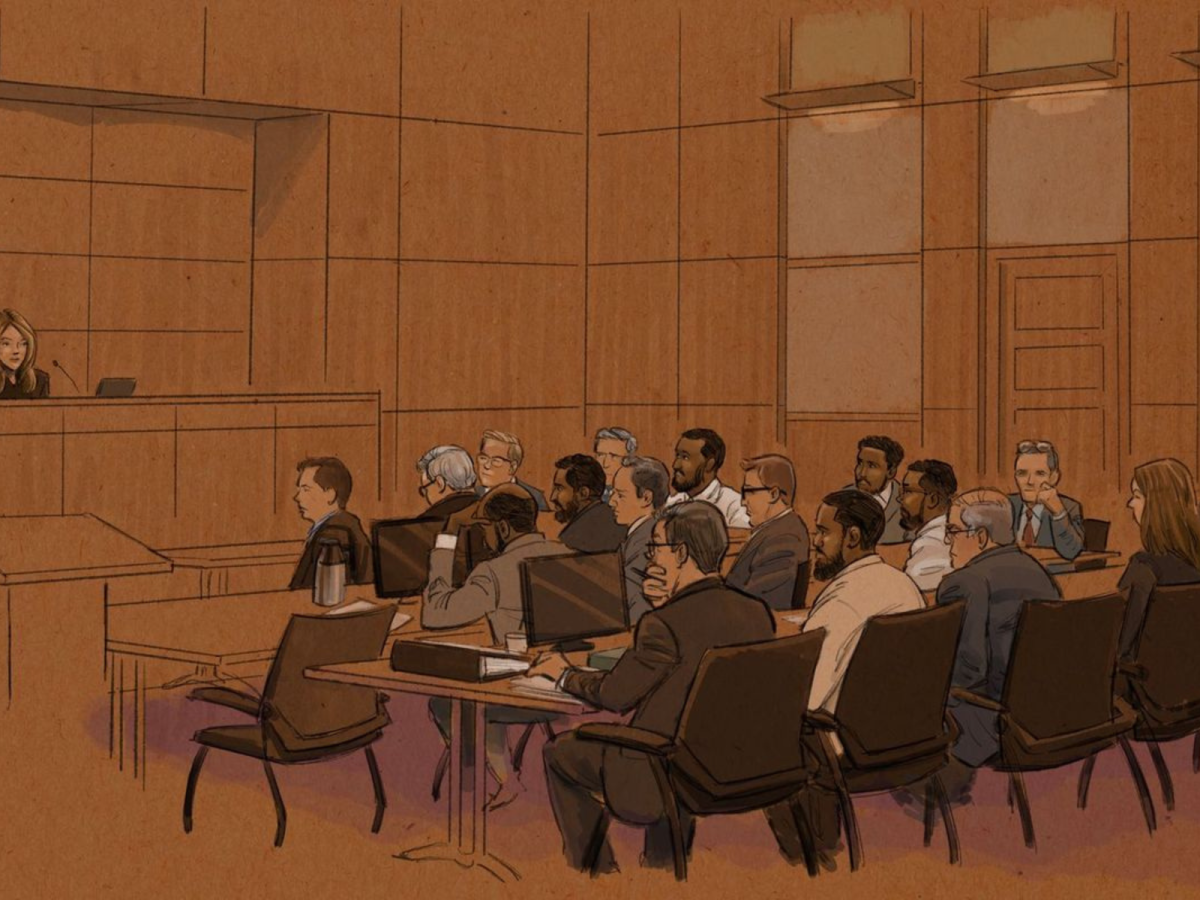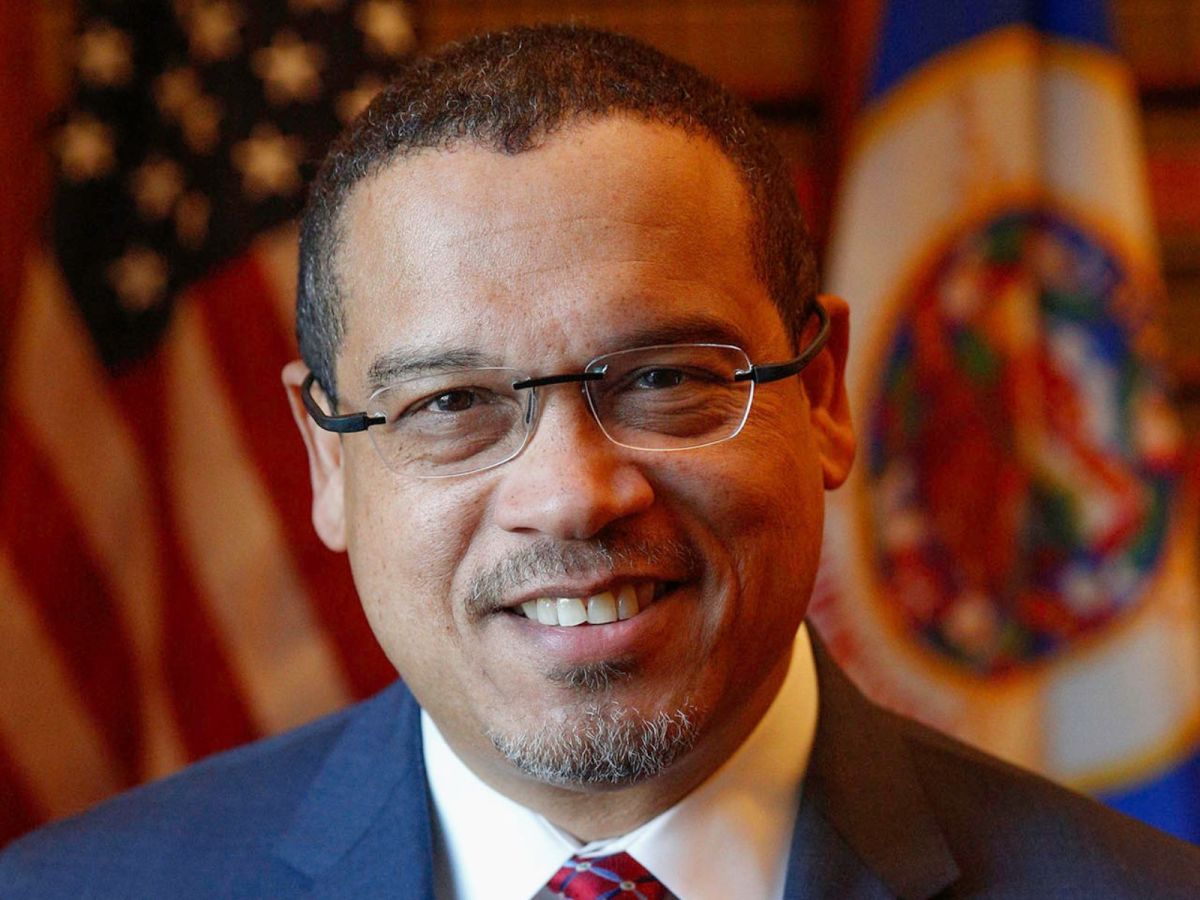How should schools change the educational experiences they provide to better accommodate students of color?
For Minnesota public schools, the question has become almost existential. Many immigrant students attend charter schools that their parents see as more culturally responsive, which fuels enrollment decline in traditional public schools.
In 2023, Minnesota schools—and the Legislature—took major steps toward addressing that question. For years, students of color have told the Legislature that they want ethnic studies classes to better learn about Minnesota’s diverse cultures and histories. Thanks to a state law passed this year, ethnic studies classes will be coming to public schools statewide beginning in the 2026–2027 school year.
And some districts have been introducing programs to meet their community’s specific needs. For instance, this year, St. Paul Public Schools introduced Karen language classes and opened a magnet elementary school focused on the East African community.
But not all of the debates about how to accommodate students of color have ended with clear resolutions. At the beginning of the year, Hamline University and Macalester College, both in St. Paul, were the focus of New York Times stories after each sought to address Muslim students’ religious concerns about displayed art.
Free-speech advocates widely criticized both attempts. The Hamline case resulted in a lawsuit, which is now in federal court.
This year also revealed some of the challenges facing charter schools, many of which were founded specifically to create culturally responsive learning environments for students of color.
Minnesota law emphasizes the autonomy of charter schools. But this year, my reporting found that in some cases, that independence can mean a lack of oversight—and in other cases, it can leave schools without support to solve complex problems.
Here are some of Sahan Journal’s top education stories from 2023.
1. Last spring, St. Paul gave Abdisalam Adam three months to start the nation’s first East African magnet school. Here’s what happened.

The St. Paul Public School District has faced declining enrollment for years. One major driver of enrollment loss: Many immigrant students have left the district for charter schools that cater to their communities. In recent years, the St. Paul district has been expanding its offerings to these communities, including Hmong and Karen language programs.
In May, St. Paul announced it would open a new East African Elementary Magnet School this fall—just three and a half months away. Sahan Journal followed the new principal as the magnet school went from idea to reality, surpassing its enrollment goals.
2. Brooklyn Center’s diverse schools have cut suspensions and absenteeism in half. What’s their secret?

Chronic absenteeism has soared since the start of the pandemic—and absenteeism is even higher among students of color.
At Brooklyn Center Middle and High School, educators implemented a new program to engage students and increase attendance. They created an “enrichment block” during the day with electives like crime-scene investigation, winter sports, extra math help, and small-business development. They’ve also adapted academics to incorporate more ethnic studies.
And they’ve seen results—a notable decrease in both suspensions and absenteeism.
Sahan Journal visited Brooklyn Center to see these programs in action, and to watch kids try to crack the case on a crime-scene investigation.
3. ‘Female autonomy’ versus ‘betrayal’: Macalester closes, then reopens, art gallery after pushback from Muslim students

In January, an art-history lesson at Hamline University, in which the instructor displayed depictions of the Prophet Muhammad, made national headlines. A few weeks later, a similar controversy stirred at neighboring Macalester College. Some Muslim students complained about an art exhibit featuring the works of the feminist Iranian American artist Taravat Talepasand. They found some of her artwork, which exposed the bodies of women wearing hijabs or niqabs, disrespectful and dehumanizing.
After Sahan Journal reported on the dustup at Macalester, the New York Times followed up with its own story.
The controversies at Hamline and Macalester started in similar ways, but the administrations responded very differently.
4. At a north Minneapolis charter school, ceilings collapsed and bathrooms broke down. Why didn’t anyone step in?

A north Minneapolis charter school stopped paying rent in a last-ditch effort to persuade its landlord, a Catholic church, to make much-needed repairs.
A Sahan Journal investigation found that the rental dispute revealed holes in state law. Charter schools are not allowed to own property, but the law does not provide them with tenant protections or building repair funds. So if a charter school is stuck in a crumbling building, that sometimes means that no one—not the school’s authorizer, not the landlord, and not the state—will step in to help.
5. Last spring, Minnesota overhauled how schools teach reading. How will that affect English-language learners?

Another major education issue for communities of color in recent years: reading instruction. This year, the Minnesota Legislature passed an overhaul of literacy instruction, aimed at boosting students’ foundational reading skills.
So how will the new structured literacy initiative affect English-language learners? To find out, Sahan Journal talked with educators who are already using these methods, and visited a school with very eager learners. We learned that the new law shows promise for English learners—and we found areas where experts say the law can be improved, too.






